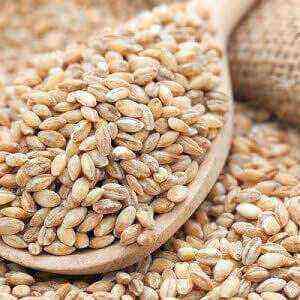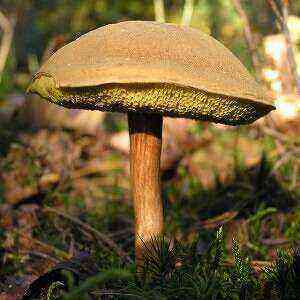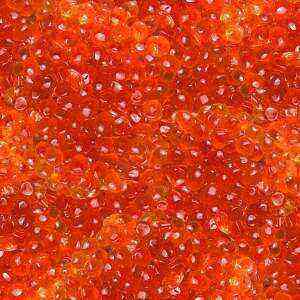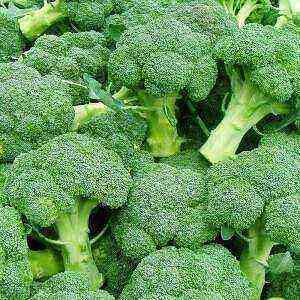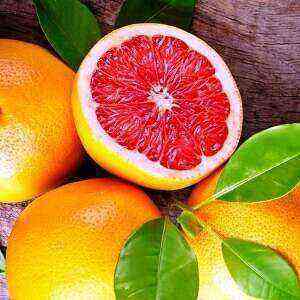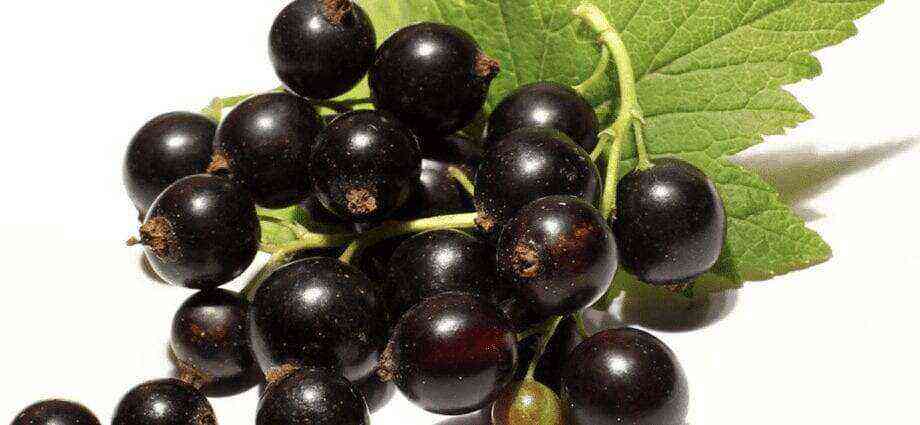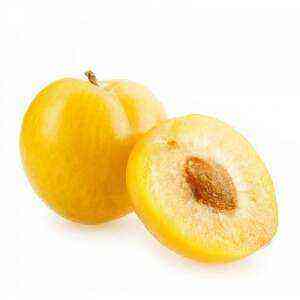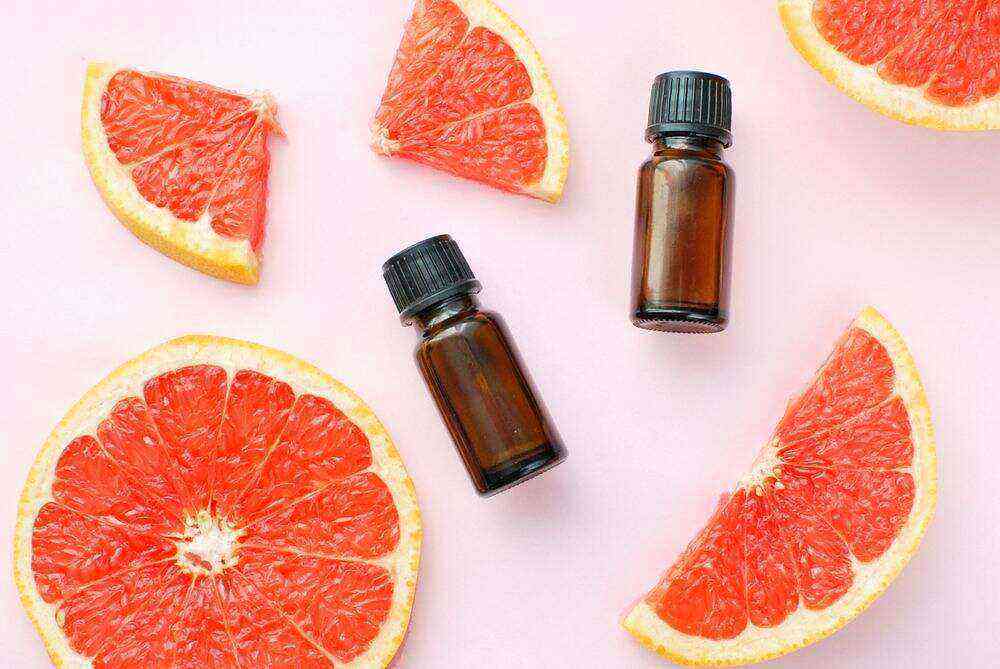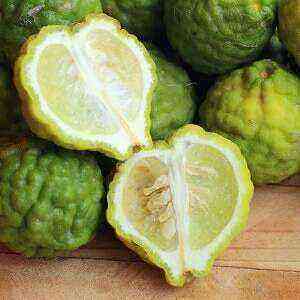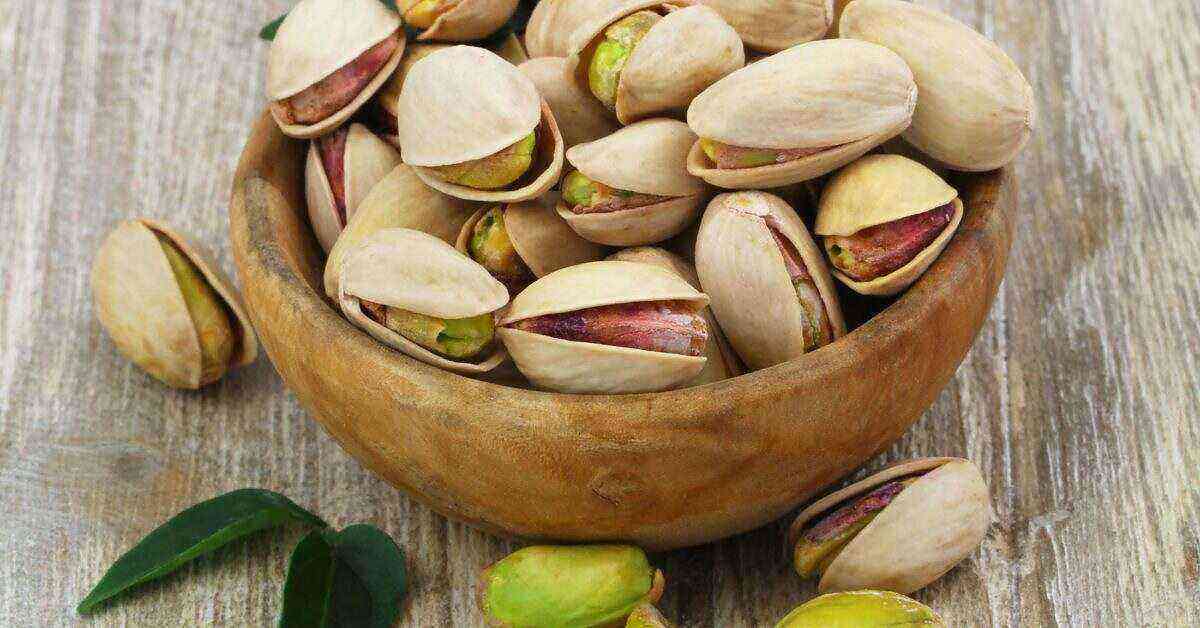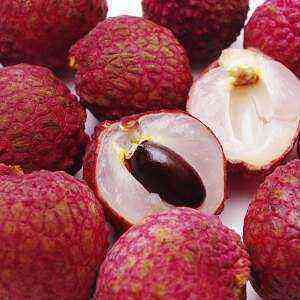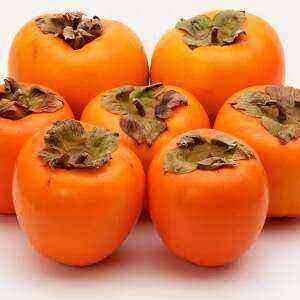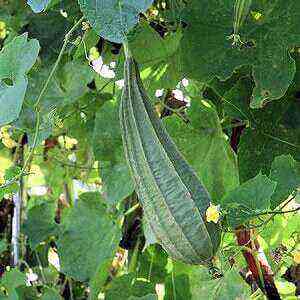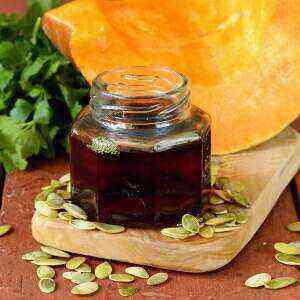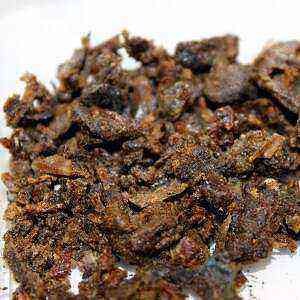
The name “propolis” comes from the combination of the Latin word “pro” (in front) and the Greek word “polis” (fortress, city). With the help of this product, bees cover the holes, strengthen the combs, polish the walls of the hives and use it as an antiseptic for bee colonies.
General characteristics
Propolis is a resinous substance that bees collect from buds in trees and bushes in the spring and then process them with their enzymes. After collecting nectar and pollen for honey from herbs (approximately in October), bees begin intensive preparation for the winter period. To do this, worker bees begin to collect a resinous substance from the buds and bark of trees.
There is still no consensus on the origin of propolis. Researchers of the theory of the external origin of the substance are of the opinion that bees extract it from the secretions of the resinous mass of the buds and bark of birch and poplar trees. According to this theory, the process of collecting propolis is as follows: bees take the resin, as in collecting pollen, and fly to the hive to give the substance to other bees for processing. The balsam obtained after processing in the hive is an integral part of bee glue. Researchers of another theory believe that there are special propolis bees that process pollen. As a result of such processing with the addition of foreign impurities, propolis is obtained as a result of a whole complex of substances.
Bee glue performs the following tasks in the hive:
- clogs the honeycomb with a beading;
- sterilizes cells;
- embalms potentially dangerous foreign objects in the cells;
- covers up cracks from moisture and drafts;
- polishes the honeycomb before laying eggs;
- serves as an antiseptic material.
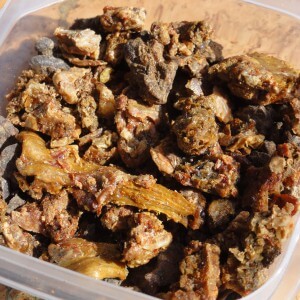
Thanks to bee glue, the bees themselves protect themselves from all kinds of bacteria and viruses. Today there are six known natural antibiotics produced by bees:
- honey;
- royal milk;
- pga;
- bee venom;
- wax;
- propolis.
With a large crowding of bees, these natural bee antibiotics are necessary for them to function normally.
Composition
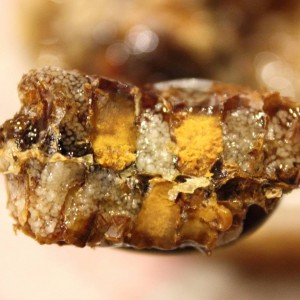
- viscous consistency at temperatures from 20 to 40 ° C;
- dense consistency at temperatures below 20 ° C.
Propolis melts at 80 ° C. It dissolves in ethyl alcohol by 40-70%. Many researchers have shown interest in the chemical composition of propolis. It consists of 16 classes of organic substances. The product consists of a fragrant resin (about 50-60% of the total mass), which includes amino acids, proteins, carbohydrates and balsams. Also bee glue contains enzymes, antibiotics, vitamins A, C, B1, B2, E, PP, fatty oils, trace elements, flavones, flavonoids, pollen (up to 5% of the total weight), and wax (up to 30% of the total masses). Such a set of useful and medicinal components is obtained as a result of bee digestive secretions. These secrets are able to secrete medicinal substances obtained from the resinous substances from the harvested trees.
It is known that bees collect about 50 kg of pollen from one piece of evidence per year.
The pollen contained in propolis is a unique energetic substance of natural origin. It contains more nutrients than honey. Pollen contains 7-30% of proteins, which is much more than in cereals. It is interesting to note that one bee flies out fifty times a day, collecting pollen from 600 flowers.
Benign propolis is yellow or reddish brown in color, as well as various shades. Old bee glue is usually dark in color.
Due to its chemical properties, bee glue dissolves in ethyl alcohol, fatty oils, medical ether and other organic solvents. Up to 10% of propolis dissolves in hot water, and up to 65% in cold water. This is due to the fact that propolis is heavier than water and at temperatures below 15 ° C it becomes hard and brittle. At room temperature, it dissolves in alcohol up to 70% of the total mass.
Useful Properties
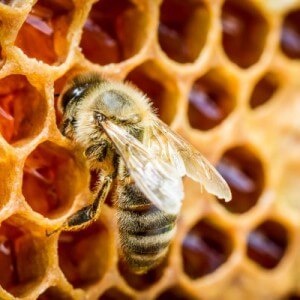
- anti-inflammatory;
- antimicrobial;
- antivirus;
- antitumor;
- antifungal;
- antiseptic;
- wound healing.
Propolis has a detrimental effect on the tubercle bacillus, which is important for the treatment of tuberculosis patients without the use of antibiotics. Also, this bee product has a strong analgesic effect, which is greater than that of cocaine.
In addition, it promotes regenerative processes in the body, stimulates blood circulation, prevents scarring, accelerates the healing of burns, wounds and inflammations.
By its composition, the product is non-toxic. It can be used for a long time without harming the stomach and immune system. Moreover, it strengthens the immune system.
In folk medicine, propolis has been used since ancient times. With the help of it, simple wounds, skin diseases, hemorrhoids, sciatica, tuberculosis, flu and other diseases are healed. Also, bee glue prevents the formation of blood clots, improving blood circulation.
The bee product is superior to other antibiotics in terms of the therapeutic effect.
It has been found that it can effectively get rid of rhinitis, pharyngitis and other diseases of the respiratory tract.
Due to the content of phytoncides in propolis, it is used for inhalation in the fight against acute bronchitis and tracheitis. Bee glue also strengthens tooth enamel, so it is added to the composition of toothpaste against caries. Most often, propolis is used for medicinal purposes in the form of an alcoholic extract or an aqueous tincture. Unlike other bee products, propolis can be boiled for over an hour without losing its healing properties.
Contraindications and side effects
Propolis is not recommended for allergies.
The correct dosage is the key to successful treatment. It must be remembered that bee glue is difficult to digest in a concentrated state. It has been established that propolis-based treatment is safe for people suffering from kidney, liver and biliary tract diseases.
Method for determining naturalness
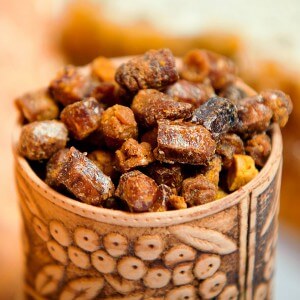
- color – yellowish, brownish or dark green;
- smell – fragrant, intense;
- the taste is bitter, slightly pungent;
- consistency – hard, non-uniform when cold.
High-quality propolis contains up to 30% wax and up to 20% impurities. It is harvested in the summer, collected from hives and rolled into small balls of 100 grams. Propolis alcohol solution is transparent, has a pleasant aroma and brown color.
Application
For the first time, the use of bee glue was mentioned in Ancient Egypt, and a little later in Ancient Greece, as described in the writings of famous ancient doctors. In Russia, the use of this product is written in ancient medical books.
Propolis is used as an independent product or together with other components to enhance the therapeutic effect. Popular lozenges, tablets and chewing gums are good for colds by stimulating the body’s defenses. This product has been proven to eliminate cholesterol, inhibit abnormal cells and inhibit the development of cancer cells. Also, preparations based on propolis increase the body’s resistance to radiation.
Bee glue is used in briquettes, balls or in a crumbled state.
Treatment
For the treatment of skin diseases, propolis ointment is used. To obtain the greatest effect, the ointment is applied to the skin in a thick layer, covering with special paper for a couple of days. After a month, a significant positive result is observed.
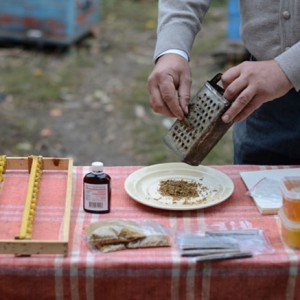
In case of hair loss, the product is used as an alcohol tincture. A positive result can be observed after daily rubbing of the tincture into the scalp.
The use of pure propolis will help to alleviate the condition with psoriasis as much as possible. To do this, you need to take it every day 2-3 times after meals for several months. At the same time, you need to apply dressings with 10% propolis ointment in vegetable oil. To consolidate the effect, it is recommended to take 50 grams of honey and bee bread before bedtime.
The product effectively helps in the treatment of purulent wounds, acute eczema and fungal skin diseases. During treatment, pain and itching completely disappear, after which a gradual recovery occurs.
Middle ear inflammation is effectively treated with 30% propolis tincture with 70% alcohol. A tampon soaked in solution is inserted into the ear and changed every day for two weeks. If the inflammatory process with the release of pus, then use a 20% tincture with 96% alcohol.
Stomatitis, candidiasis and gingivitis are treated with concentrated propolis. For treatment, purified propolis is poured with 70% alcohol, insisted for up to 10 days and applied to sore spots.
Preparations containing bee glue are used to treat gynecological diseases. It is also useful to use the product during pregnancy as a drink with rose hips. However, it is highly recommended that you consult your doctor.
Tincture
Propolis tincture is used for diseases of the gastrointestinal tract, respiratory tract, tumors and other ailments.
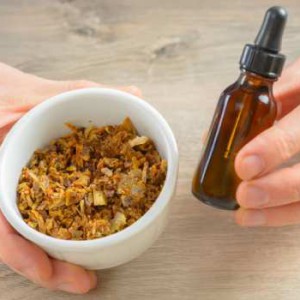
Tincture is used to treat:
- skeletal system;
- nervous system;
- of cardio-vascular system;
- the digestive system;
- respiratory system;
- reproductive system;
- integumentary system.
It is necessary to take the tincture depending on the disease and the stage of treatment. Application is possible both external and internal. The average duration of treatment is about one month.
Water solution
For people who are contraindicated in the use of alcoholic beverages, it is necessary to take an aqueous solution of propolis. To prepare it, you need to pour boiled water into a glass container and add the prepared propolis in a 2: 1 ratio. Then heat the solution in a water bath and let it brew for six hours.
Honey with propolis
To obtain an enhanced effect, propolis is combined with honey. The medicinal mixture is taken in a teaspoon by mouth or as inhalation. Can also be added to milk or tea. The wellness course lasts no more than 2 months.
Propolis Milk
Milk with propolis is useful for colds. This remedy is useful for both children and adults. Drinking it is also recommended for prophylaxis in the autumn-spring period. In addition, milk with propolis, drunk before bedtime, helps to get rid of insomnia and get a good night’s sleep.
Storage
When stored properly, fresh propolis does not lose its valuable properties. The product is stored in a dry place at a temperature not exceeding 25 ° C.

